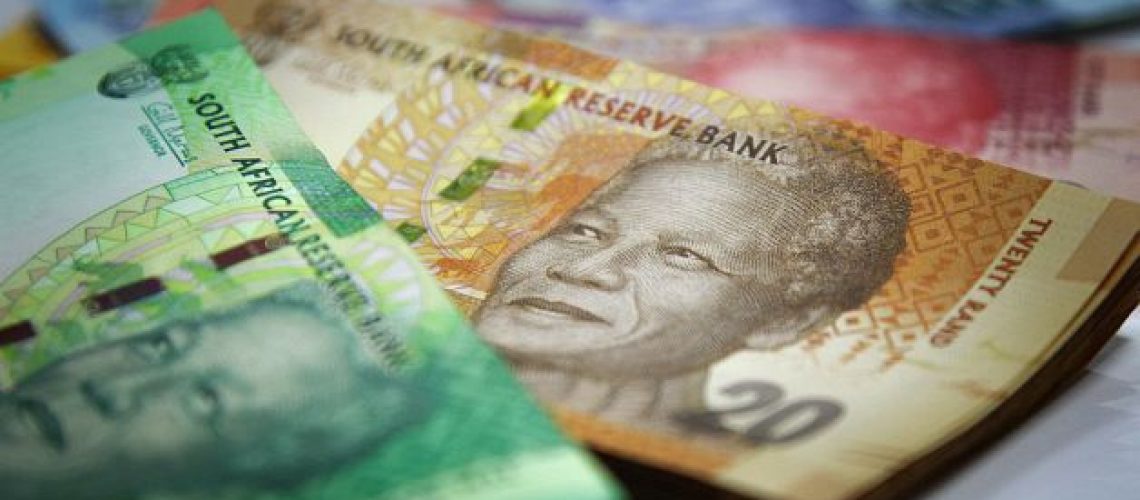On Thursday, the Monetary Policy Committee (MPC) decided to increase the repo rate by another 75 basis points (bps). The increase will see the repo rate increase to 5.50% per year.
The decision was made on the back of the South African inflation rate surging above the central bank’s target range. The increase of interest rates is a key monetary policy tool used by the South African Reserve Bank (SARB) to manage inflation.
The United States Federal Reserve has recently increased interest rates by the highest in over 20 years. As a result, the Dollar has strengthened significantly with the US Dollar Rand exchange rate sitting above R17.00 to the Dollar in July 2022.
The SARB look set to continue to increase interest rates in order to manage inflation, and South Africans should expect further rate increases as the year progresses. The current 75 bps hike will have the following impact on asset classes:
Equities
“An increase in interest rates is generally negative for equity stocks. Higher interest expenses, lower market value of assets as well as a decrease in consumer spending capacity results in negativity for certain sectors in the market,” says Bheki Mkhize, CEO Wealth and Investments Solutions.
He further explains the impact on equity stocks and how it will differ per sector:
- Retail and consumer facing shares would least welcome the news of a rate increase. Higher interest rates impact consumer spending with a reduction in borrowing capacity. Consumers borrowing less, will result in consumers spending less impacting retail and consumer facing company share prices negatively.
- Companies with high debt levels will experience an immediate increase in borrowing expenditure, on account of higher interest expenses on account of a higher variable interest rate. This will have an impact on cash flow of these companies potentially impacting the share price negatively.
- Banks and insurers will be positively impacted by interest rate increases. For both industries interest rates are a key driver for margins and an increase in the rate will result in positive economic sentiment.
Cash
Himal Parbhoo, CEO FNB Retail Cash Investments explains that “Savings instruments linked to the prime lending rate will experience an increase in the interest earned on account of a higher variable interest rate.
“There will be no immediate change to those savers with fixed savings instruments, however those savers looking to utilise fixed savings instruments post 21 July 2022 will see an increase in the rates offered by financial institutions. A higher repo rate results in higher income in the form of regular interest payments, which is particularly useful during bouts of market volatility. The recent increase in rates will see cash instruments becoming more attractive to SA investors and savers”.
Bonds
Bond holders will not welcome an increase in the repo rate. Typically, an increase in the interest rate results in local bonds becoming less attractive to investors, due to higher interest rates offered in cash related instruments. This results in an increase in bond yields and a decrease in bond prices impacting bond holders negatively.
Preference shares
Like cash investments, preference shareholders will see the increase in rates as good news. Most preference share investments are linked to the prime lending rate, thus an increase in the rate results in higher dividends received, increasing the dividend yield as well as the market value of the asset class.
Rising interest rates and inflation will have the following impact on SA consumers as well as SA investors:
The impact on SA consumers
Rising interest rates mean rising borrowing costs for SA consumers, decreasing their spending capacity.
“SA companies utilising debt to conduct business are going to incur higher operating costs as a result, and these are typically passed onto the consumer. Meaning a higher cost of goods for SA consumers. Inflation also has a negative impact on SA consumers.
“The increase in the fuel price is a large contributor to the rising inflation levels. Higher fuel costs mean higher vehicle running costs for consumers, but also means consumer goods increase in price on account of larger logistics expense. As a result of rising inflation and interest rates, SA consumers are ultimately going to pay more for a basket of goods,” says Parbhoo.
Consumers must be wise in the types of debt utilised. During times of increasing interest rates, short term debt facilities should be used the least. Credit card and short-term overdrafts are very expensive forms of debt and are typically linked to the variable interest rate.
Consumers must be careful not to increase debt levels during times of increasing interest rates and live within their means. Long term debt facilities will have the lowest cost to consumers and if possible, SA consumers should look to eliminate short term debt with further interest rate increases expected.
The impact on SA investors
Consumer stocks will be impacted on account of higher interest rates and inflation. SA investors should keep in mind how the reduction in consumer spending capacity will impact the listed retail sector. There are certain oil companies that will benefit from rising oil prices. Higher oil prices result in higher profits for oil companies.
Mkhize further highlights that “Higher interest rates are also generally negative for the bond market but positive for cash (although higher inflation may still see negative real returns on cash instruments).
“Ultimately there is not many places for investors to hide when inflation is on the rise, however diversification through the incorporation of different asset classes within a portfolio is still the best strategy for investors” concludes Mkhize.

